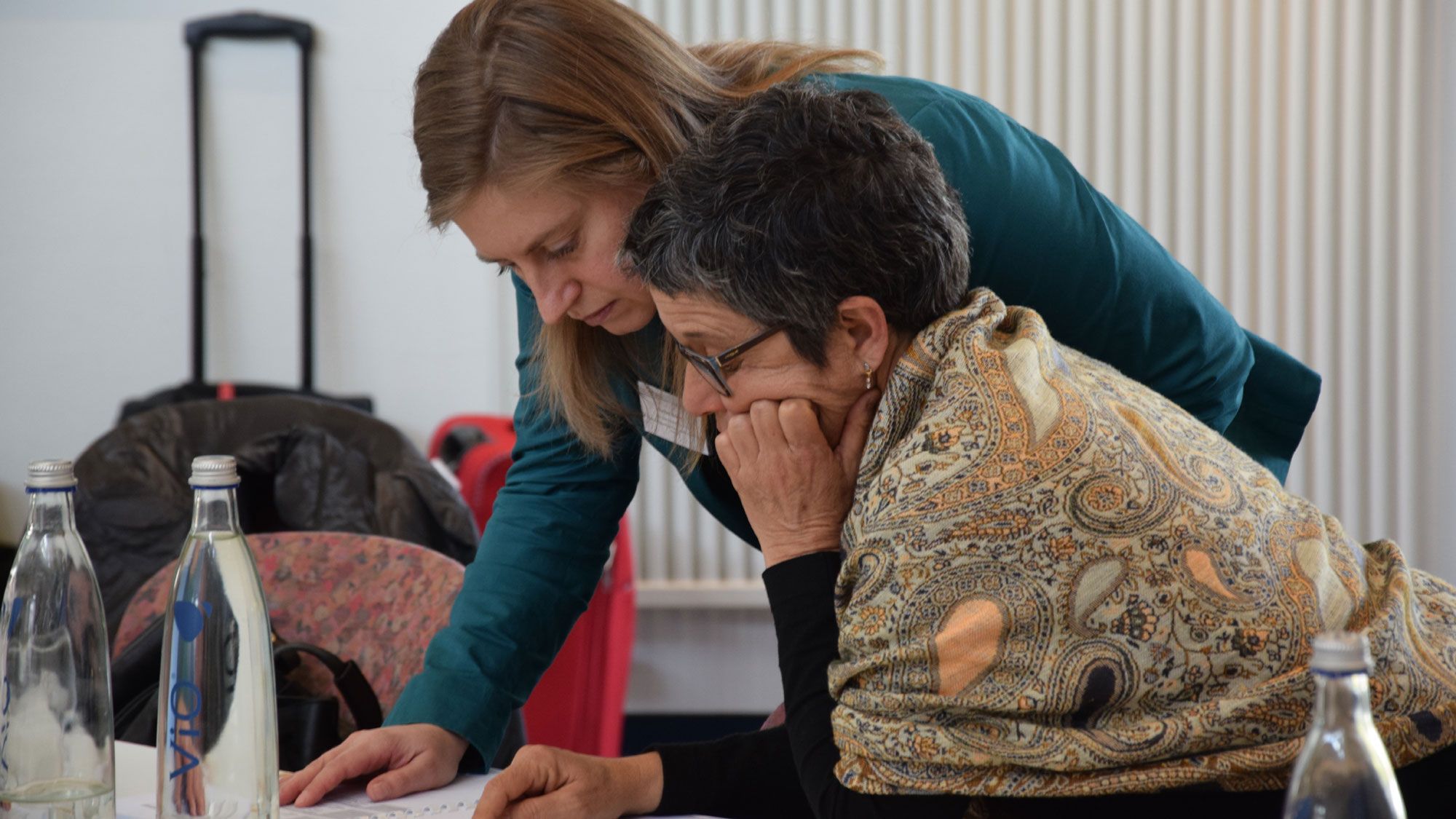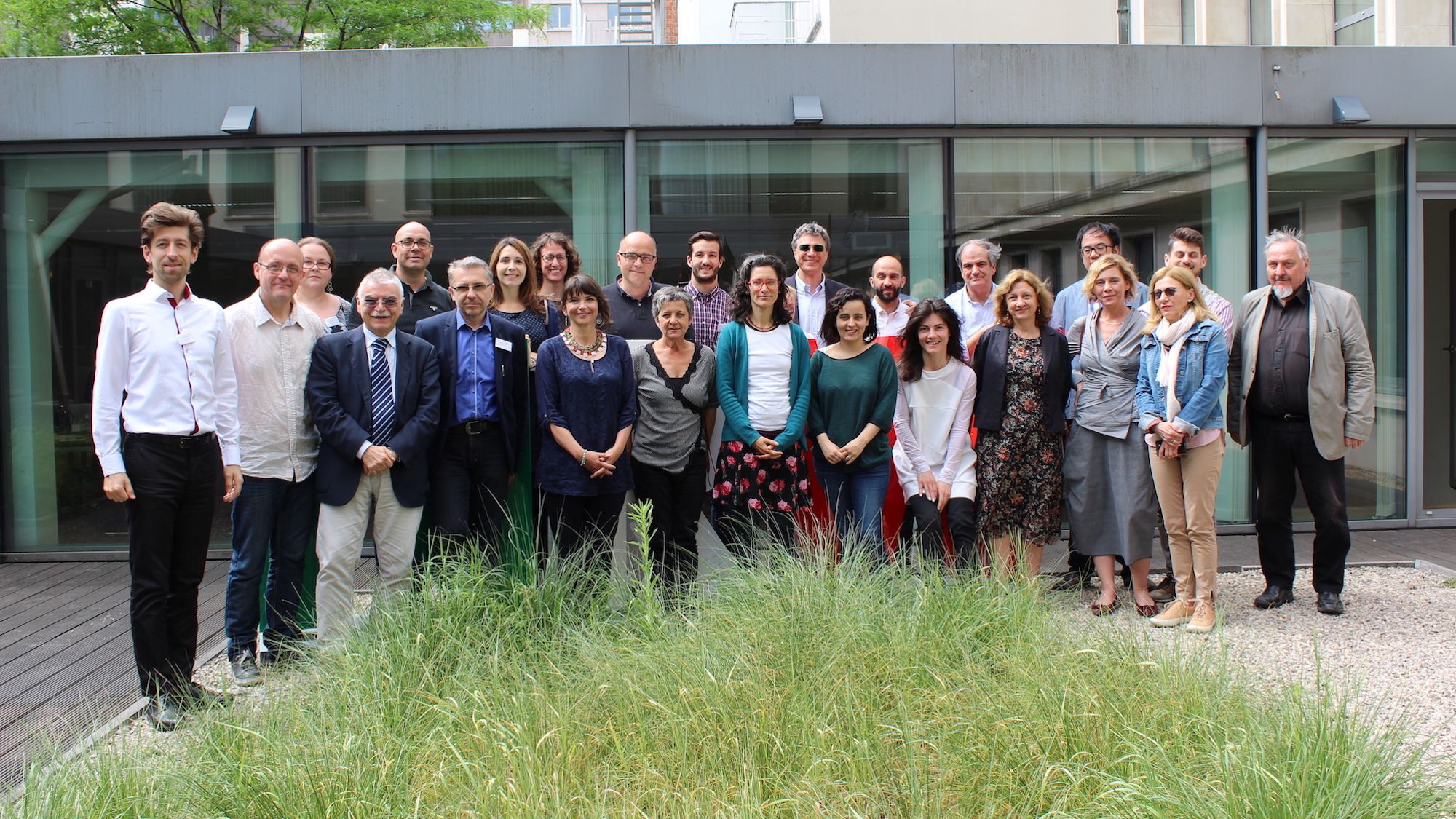Vulnerability
The concept of vulnerability is used in different contexts to refer to a higher propensity of particular individuals or groups for risk, danger of deterioration in conditions or poor outcomes or achievements. Several factors may be seen as causing or influencing vulnerability, for instance: physical (e.g. sickness, disability), emotional/psychological (e.g. mental illness, immaturity, dependence), material (e.g. poverty, homelessness, health care, education), and social (lack of support by family or peer group, absence of guidance in difficult situations, and immediate risks from the environment). As such, vulnerability may be approached from different viewpoints, for instance individual conditions and behaviours, structural and systemic material conditions or also social relations and insecurity, and thus needs to be seen as a multidimensional concept and in relational terms.
Every person in whatever context may feel vulnerable at some point in life, however, some individuals and groups are more vulnerable than others. The United Nations distinguish three different groups of people that are vulnerable, to what and for which reasons. These are, first, the poor and informal workers, who are socially excluded, who are vulnerable against economic and health shocks for reasons of limited capabilities. Second, women, people with disabilities, migrants, minorities, children, the elderly and youth, who are vulnerable against natural disasters, climate change and industrial hazards for reasons of their location, position in society and during sensitive periods in the life cycle. Third, whole communities and regions that are vulnerable against conflicts or civil unrests for reasons of low social cohesion, unresponsive institutions and poor governance (UNDP 2014, 19).
These vulnerable situations may be caused by structural or life cycle circumstances. Structural vulnerability is a result of unequal treatment by society as for instance concerning gender, ethnicity, job type or social status. However, structural vulnerability is not a result of a special characteristic, but has to be understood as a process of ascription and positioning in social society. The exclusion of participating in society caused by belonging to a certain group may lead to structural vulnerability and thus subject individuals and groups to disadvantages (UNDP 2014, 22ff.). Life cycle vulnerability refers to threats that individuals face across different stages of their life – from infancy through youth, adulthood and old age – and may differ according to them (in terms of poverty, gender differences and unemployment). Youth, for instance, is a key period of transition when children learn to engage with society and the world of work and thus may be seen as a period of enhanced risks in terms of vulnerability (UNDP 2014, 55).
YOUNG_ADULLLT considers these aspects by focusing young adults in vulnerable positions. However, it is important to note that vulnerability is not a natural category but has to be viewed as constructed, relational, and multidimensional. Thus, by focusing on ‘young adults’ and ‘vulnerable groups’ as targets groups of LLL policies, YOUNG_ADULLLT enquires whether and to what extent these represent a result of the de-standardisation of the life course.
In this sense, the category ‘young adults in vulnerably positions’ as targets of LLL policies might include young people who:
- are seen by state institutions/employers as having left education and training too early and therefore are addressed by policies to re-enter education or training;
- are longer in education or training than implied by mainstream institutions/standard life course normal expectations;
- are seen as in need of support to compensate for inequalities – usually framed as relating to indigenous, ethnic, migration or gender issues;
- are expected to re-enter education in order to upgrade qualifications or correct earlier educational/occupational choices which were not in line with their interest.
References
United Nations Development Programme (UNDP). (2014). Human Development Report 2014. Sustaining Human Progress: Reducing Vulnerabilities and Building Resilience Available online: http://hdr.undp.org/sites/default/files/hdr14-report-en-1.pdf.
(Franziska Wutzkowsky & Anne Weiler)
























